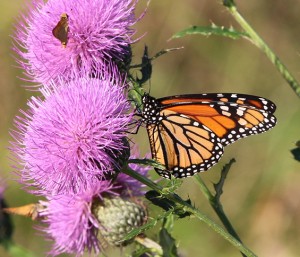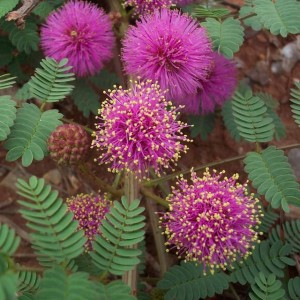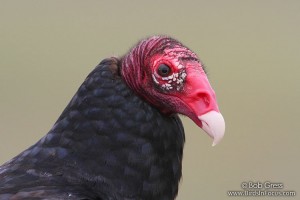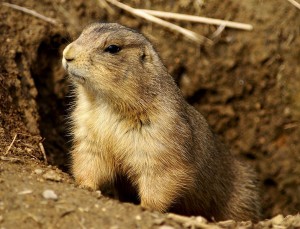
Monarch butterfly (Danaus plexippus). Photo credit: Ted Beringer.
In late Fall monarchs east of the Rockies migrate to the southern part of the United States including California. Monarchs are known for their annual migrations that require more than four generations to complete when returning north. Flight itineraries seem to be inherited using the position of the sun, a circadian clock housed in their antennae and the earth’s magnetic field for orientation. Their reproductive cycle begins when females deposit eggs upon leaves of milkweed plants. The resulting caterpillar larvae feed on the milkweed providing energy to become pupae. During the pupa or chrysalis stage, the caterpillar constructs an exoskeleton within which it metamorphoses into a butterfly. Once its wings are inflated with an orange fluid, the butterfly can fly. Larvae eat only milkweed, but adult Monarchs sip nectar from other plants also, including goldenrod, lilac, red clover, ironweed, thistles, and asters. Chip Taylor, (Director of Monarch Watch http://monarchwatch.org/blog/ in Lawrence, Kansas) confirms that Monarch populations are dwindling due to recent droughts and progressive loss of millions of acres of habitat. Much of its habitat loss is due to herbicide use by farmers on their herbicide-resistant soybean and corn plants. This practice has eliminated milkweed plants that would otherwise grow between row crops. In addition, prairie and pasture habitat are being plowed under for agricultural expansion.




